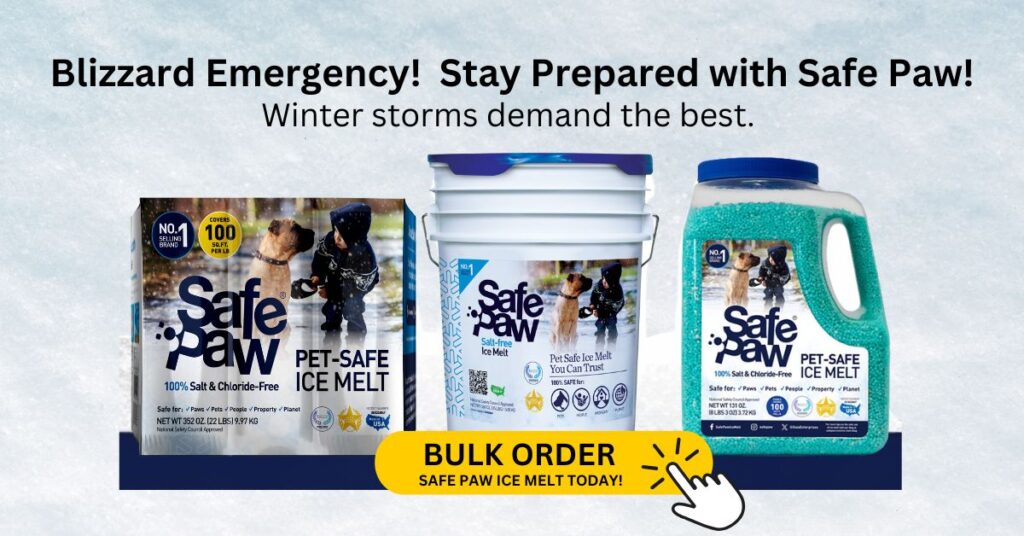What Factors Determine Whether Damaged Concrete Needs Resurfacing or Full Replacement?
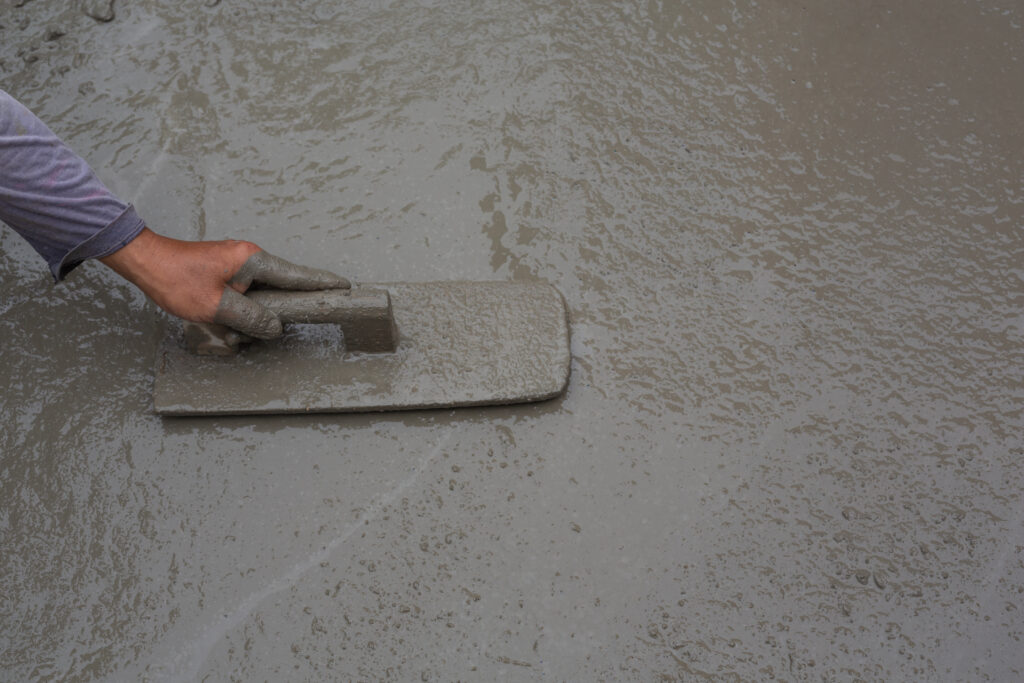
When concrete shows signs of surface damage—like pitting, popping, or scaling—it’s easy to panic and assume a complete replacement is needed. But in many cases, especially when freeze-thaw cycles are the primary culprit, resurfacing is not only sufficient, but also the smarter choice.
Understanding the type and extent of damage is key to making the right decision between resurfacing and replacement. Let’s explore how these choices are made—and why full replacement is often unnecessary.
When Resurfacing Is the Right Solution
The majority of visible concrete damage after winter is cosmetic. Pitting, popping, and scaling all refer to issues affecting the top layer of the concrete slab, usually no more than a quarter inch deep.
These surface-level issues are caused primarily by:
- Freeze-thaw cycles
- Moisture infiltration
- Lack of proper sealing
- Aging or porous concrete surfaces
When moisture penetrates the concrete and then freezes, it expands. This creates pressure that breaks the surface, leading to small craters (popping), shallow holes (pitting), or broader flaking (scaling).
In these cases, the core structure of the concrete remains intact. So there’s no need to rip out the slab. Instead, resurfacing the top layer provides a clean, durable finish and restores the appearance and performance of the concrete.
Resurfacing is especially appropriate when:
- Damage is limited to the top ¼ inch of concrete
- There are no structural cracks running through the depth of the slab
- The base of the concrete is still solid and level
When (Rarely) Full Replacement Is Required
There are very few scenarios where full replacement becomes necessary—and almost none of them are related to surface-safe ice melts or seasonal use of deicing products.
Full replacement is only recommended when:
- The concrete has deep structural cracking or heaving
- The base or subgrade has failed, leading to sinking or shifting
- The concrete is severely broken apart or missing sections entirely
These situations point to deeper construction issues or base failure, not surface wear from freeze-thaw activity or product exposure.
Products like chloride-free, non-corrosive ice melts are designed to protect, not damage. If the concrete fails on a foundational level, no surface treatment or product could have caused that outcome.
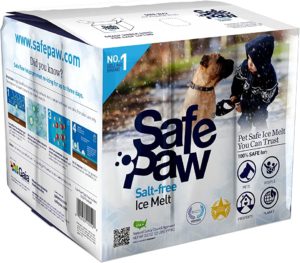
Pet Friendly Ice Melt – Safe Paw!
The Original and the #1 Child and Pet Safe Ice Melt for over 20 years. Guaranteed environmentally safe – will not harm waterways and sensitive wetlands.
How the Right Decision Gets Made
The decision between resurfacing and replacement comes down to two primary questions:
- Is the damage only on the surface?
- Is the structure beneath still intact?
If the answer to both is yes, resurfacing is the preferred solution. It’s cost-effective, less invasive, and far more sustainable than full removal and replacement. And when surface damage appears as a result of freeze-thaw cycling, resurfacing fully resolves the issue without the need to blame or replace products that had no structural impact.
Conclusion
Not all concrete damage warrants a complete replacement. In fact, most winter-related surface issues—like scaling, pitting, and popping—can be fixed with resurfacing, as long as the underlying structure is still sound.
Full replacement should only be considered in cases of foundational failure, deep cracking, or structural compromise—none of which are caused by responsible, surface-safe winter products. Knowing the difference helps homeowners and property managers make better, more cost-effective decisions while preserving the longevity of their surfaces.
Other Ice Melt Products
Traction Magic
Stay safe on slippery surfaces with a product that’s 100% natural and safe for pets, people, and your property. Use Traction Magic on sidewalks, steps, or as instant traction for your car.
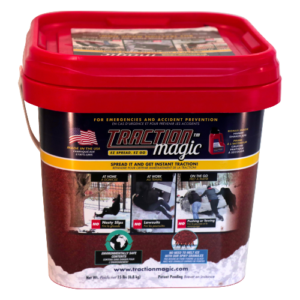
Safe Thaw
Imagine an ice melt you can put down and never worry about. It won’t harm pets, kids and your property. That’s Safe Thaw. Unlike anything else on the market, Safe Thaw can change how winter affects our planet.
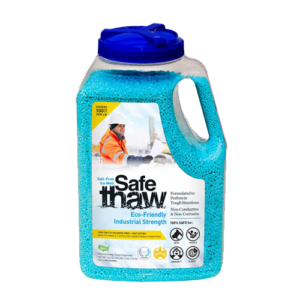
Walk On Ice
Prevent slips at home, work or on the go, The handy disposable canister can be taken everywhere, with the same 100% naturally occurring minerals that provide instant traction on ice or snow.
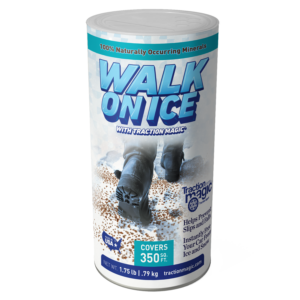
Safe Thaw
Imagine an ice melt you can put down and never worry about. It won’t harm pets, kids and your property. That’s Safe Thaw. Unlike anything else on the market, Safe Thaw can change how winter affects our planet.

